From topographical tributes to sustainable solutions and data-driven visualizations, contemporary rug design is reaching new heights of creativity and social awareness. This article delves into compelling stories behind innovative rug designs, each showcasing a unique approach to materiality, technique, and storytelling. These rugs are more than just floor coverings; they are woven narratives that reflect pressing environmental concerns, celebrate traditional crafts, and push the boundaries of artistic expression.
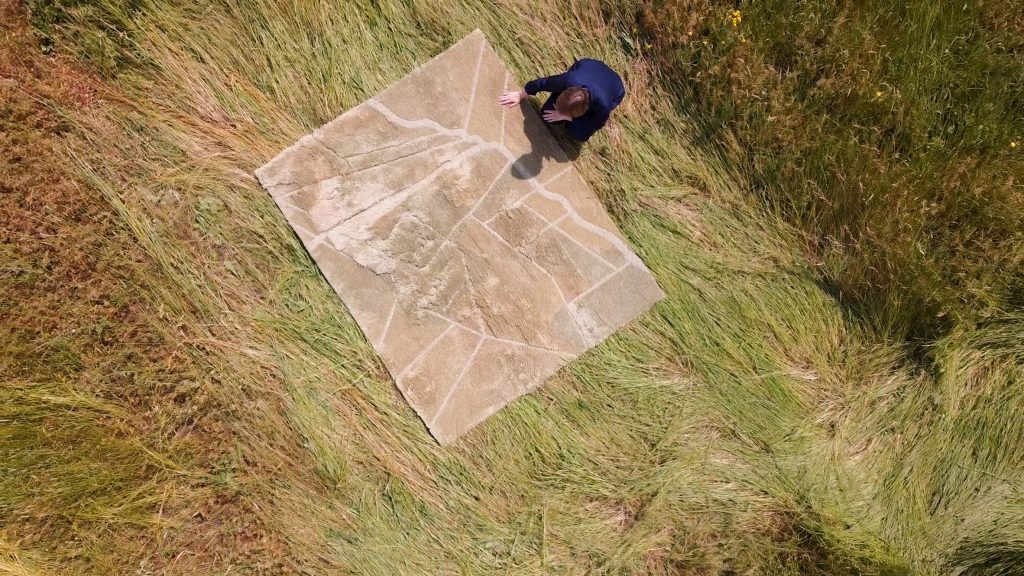

La Geria Lanzarote rug by Antonio Gandía-Blasco Canales for Gan
Spanish textile brand Gan has unveiled the La Geria Lanzarote rug, a striking wool creation that translates the distinctive topography of Lanzarote’s La Geria into a tactile and visually arresting piece. La Geria, a protected landscape celebrated for its unique method of cultivating wine grapes in conical pits carved into volcanic soil, serves as the direct inspiration for this rug, designed by Gandia Blasco’s artistic director, José Antonio Gandía-Blasco Canales.
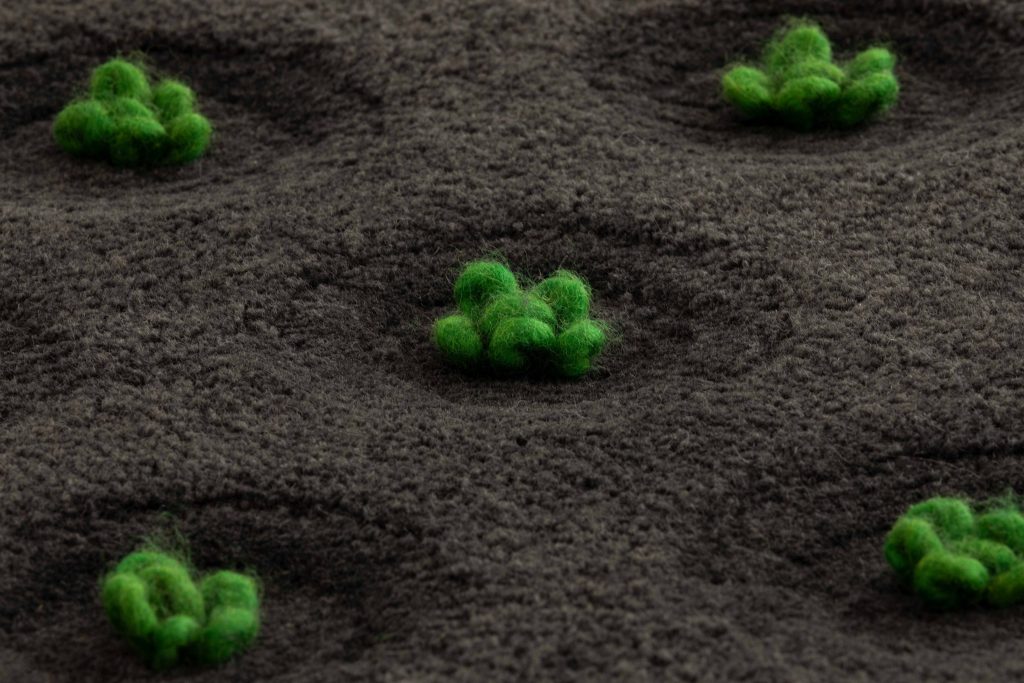
La Geria Lanzarote rug by Antonio Gandía-Blasco Canales for Gan
Hand-tufted in India, the rug meticulously replicates the depth and texture of the “picón” layer – the craggy surface of volcanic rock fragments characteristic of the region. The design captures the irregular arrangement of the conical pits and, most notably, features hand-tufted green vines that appear to sprout from the center of each crater, providing a dramatic and vibrant contrast against the rug’s predominantly dark background. This interplay of color and texture successfully mirrors the stark beauty of the La Geria landscape.

La Geria Lanzarote rug by Antonio Gandía-Blasco Canales for Gan
Available in round and rectangular formats, the La Geria Lanzarote rug consciously draws parallels between the art of viticulture and the craft of rugmaking. Both are presented as traditional practices rooted in manual labor and the careful manipulation of natural materials, passed down through generations. Gan emphasizes the ancestral techniques employed in both processes, highlighting the precision and detail required to transform raw materials into enduring works of art and agricultural ingenuity.
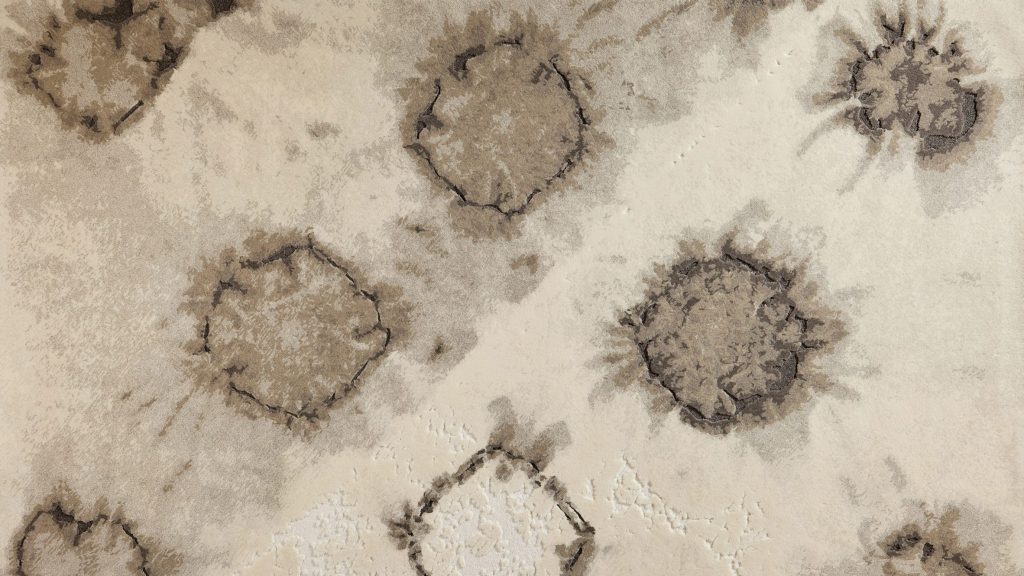
Biophilic rug collection by Tai Ping
Carpet brand Tai Ping has introduced its Biophilic rug collection, a groundbreaking initiative that eliminates the dyeing process – “by far the most polluting” aspect of conventional rug production. This collection relies exclusively on the inherent colors of 35 different natural fibers, including silk, cotton, jute, flax, bamboo, and wool, interwoven to create intricate gradients and patterns. Natural cotton forms the backing, while natural latex, derived from rubber tree sap, serves as a binder, replacing plastic adhesives.
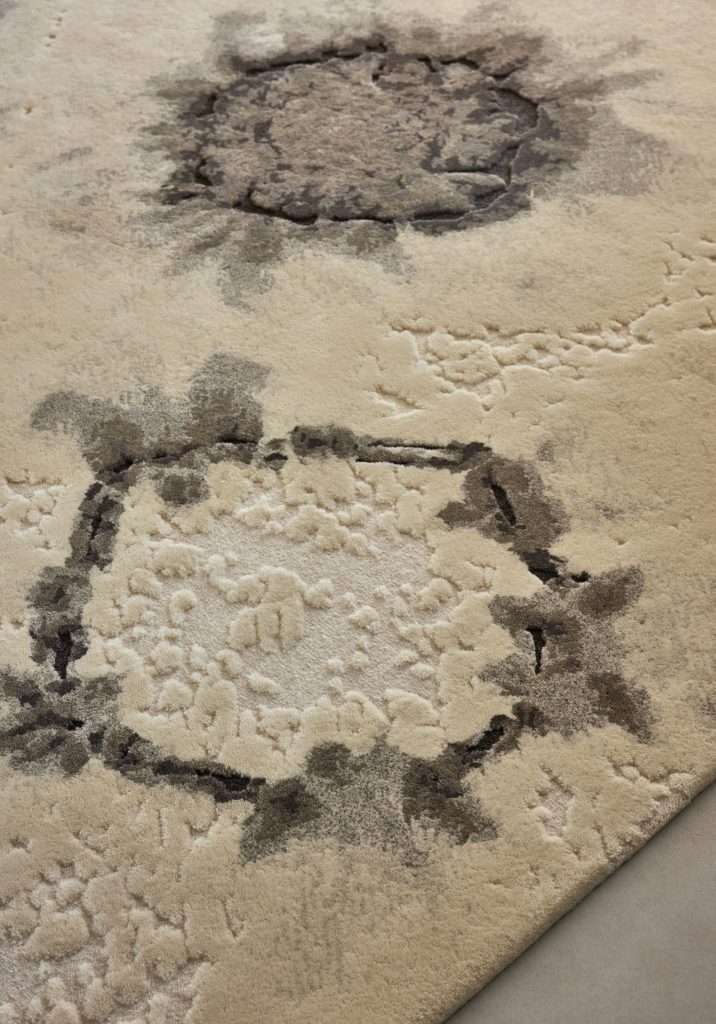
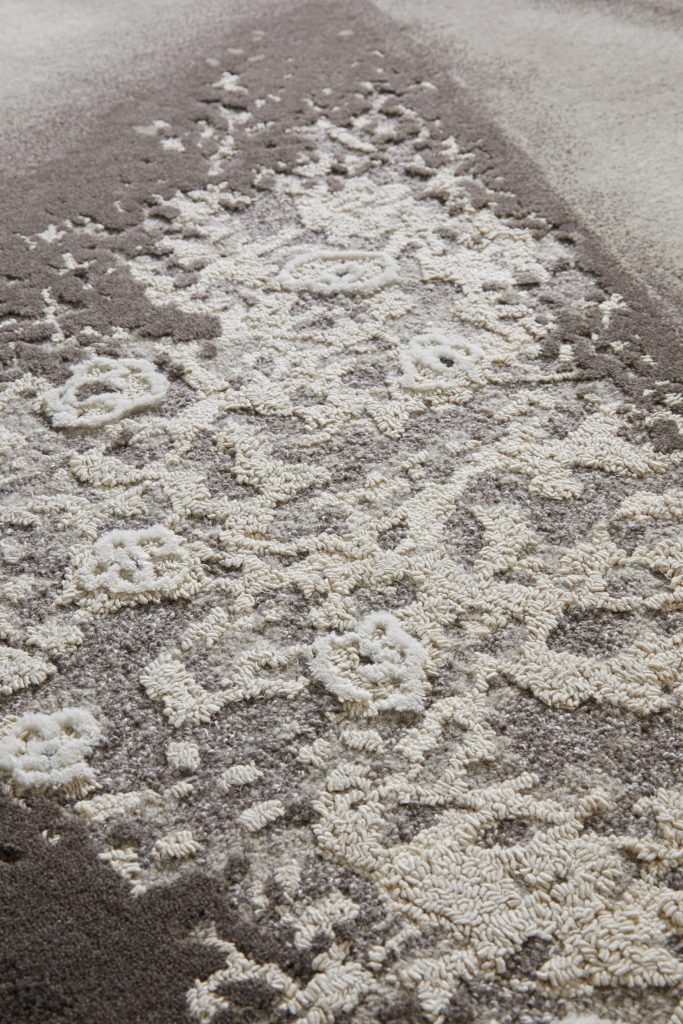
Biophilic rug collection by Tai Ping
By eschewing dyes, Tai Ping has achieved a remarkable reduction in resource consumption, decreasing water usage by 60 percent and energy consumption by 85 percent, as explained by the company’s Director of Innovation and Sustainable Development, Alexander Rawlins. The Biophilic collection comprises sixteen rugs, eight of which are hand-tufted, meticulously combining silk, jute, cashmere, and Berber wool to create gradient patterns reminiscent of Japanese shibori tie dyes, all without the use of external pigments. The remaining eight designs, part of the more accessible Studio by Tai Ping range, are hybrid-tufted with geometric patterns and subtle color variations achieved through flax, bamboo, and felted wool.
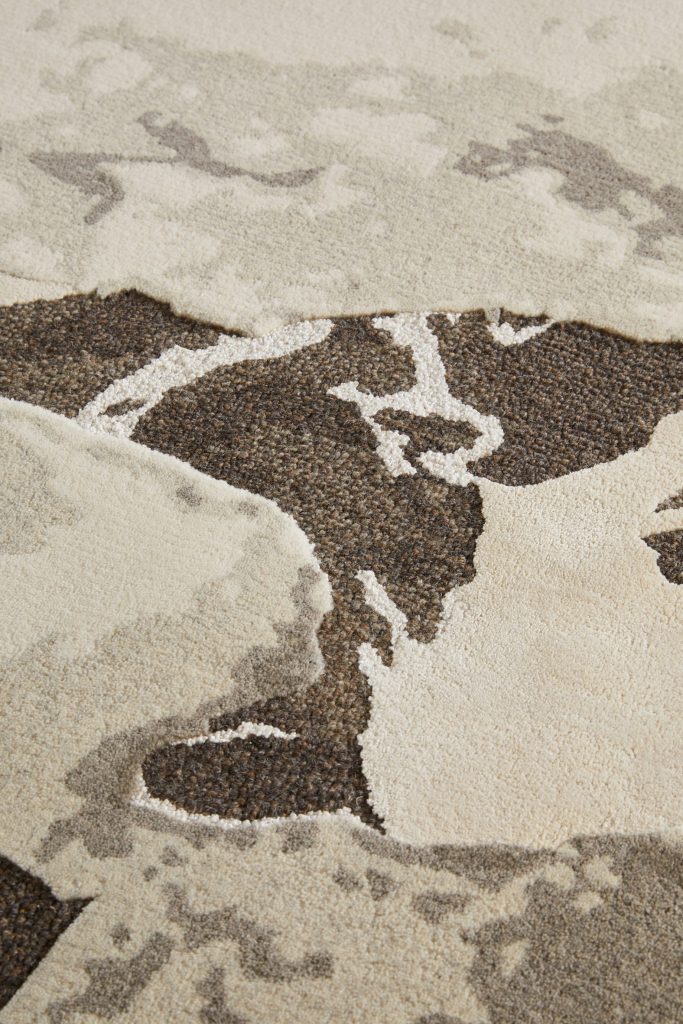
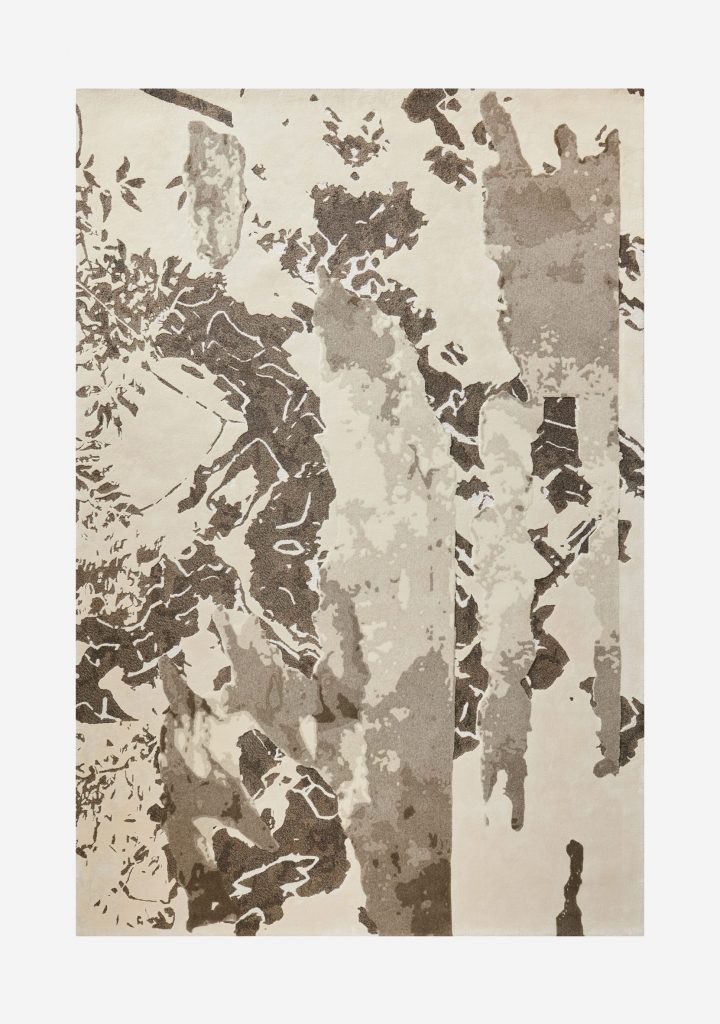
Biophilic rug collection by Tai Ping
Rawlins notes that the inherent colors of these natural fibers, which vary depending on the season of harvest and the breed of sheep, contribute to the unique character of each rug. Moreover, by retaining natural waxes and proteins on the surface materials, the Biophilic rugs offer enhanced durability and a beautiful, natural finish. While Tai Ping does not intend to completely eliminate dyes, the lessons learned from the Biophilic program will inform future designs, expanding sustainable material options and implementing resource-efficient techniques across the company’s collections.
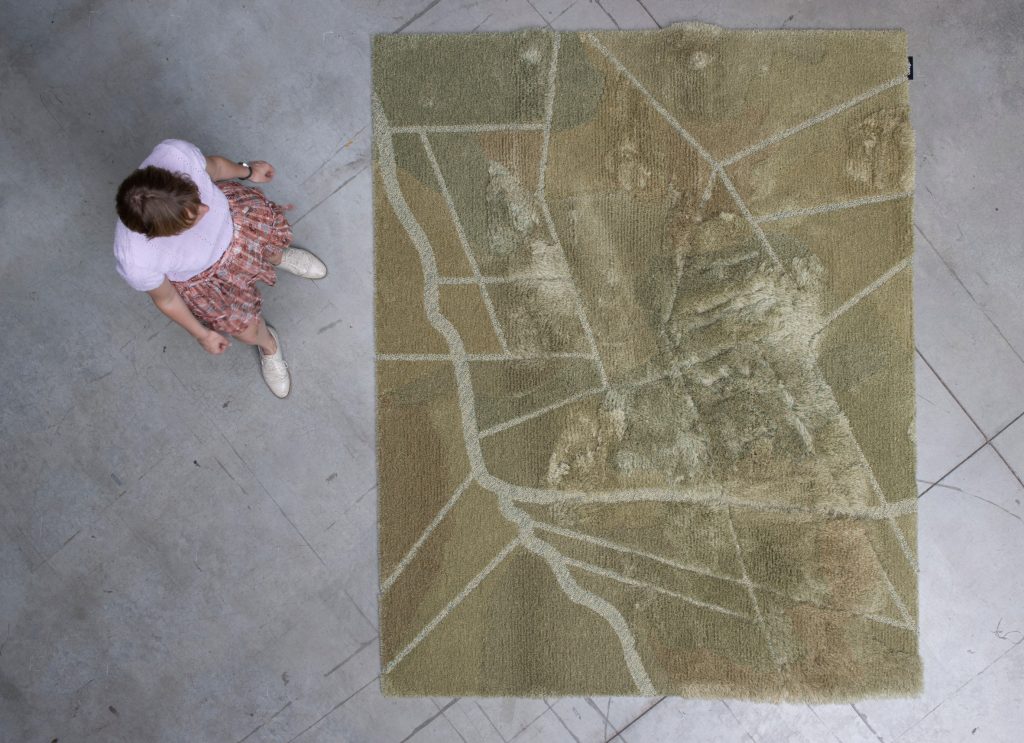
Dryland rugs by Liselot Cobelens (also header image)
Design graduate Liselot Cobelens has created the Dryland rug, which translates real-world data on the impacts of climate change-induced droughts on local landscapes into a tangible and thought-provoking design. The rug visualizes four distinct consequences of drought – dehydration, loss of crops and animals, land subsidence, and wildfires – and their specific impact on the Deurnese Peel region in Brabant, Netherlands, an area protected under the EU’s Natura 2000 program.
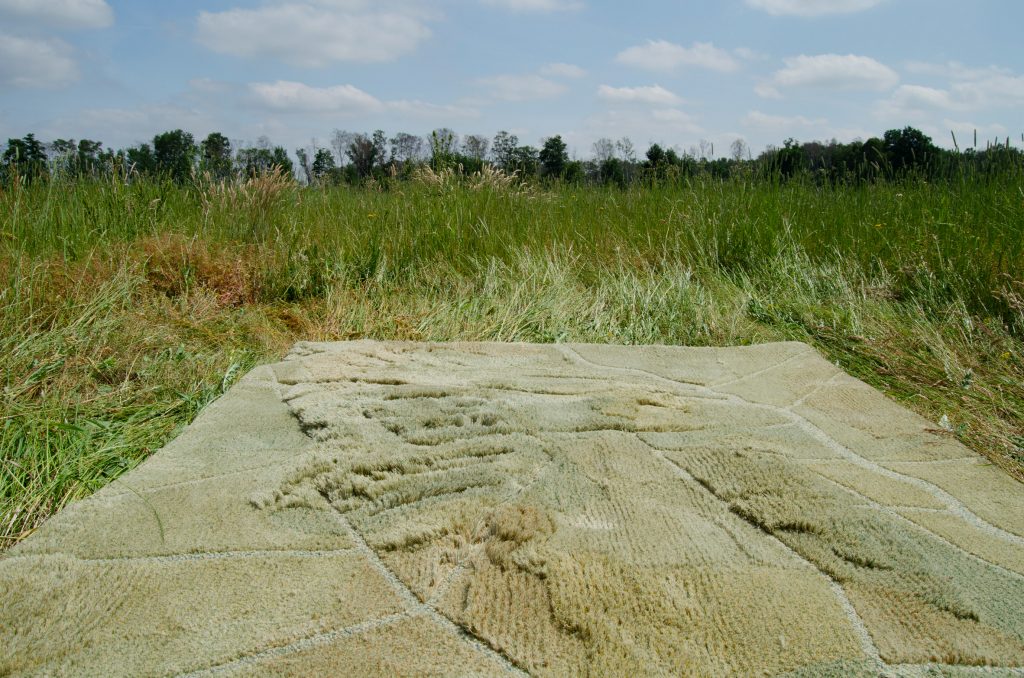

Dryland rugs by Liselot Cobelens
Cobelens, a graduate of the Royal Academy of Art in The Hague, associated each of these consequences with a different manufacturing or processing technique to construct the finished rug. The project was born from witnessing the damaging effects of worsening droughts on Dutch landscapes during trips home from university. She began by creating a machine-tufted rug resembling a physical map of the Deurnese Peel, employing colors that reflect the grassy landscape and patterns that depict its rivers, streams, and human-made canals and ditches.
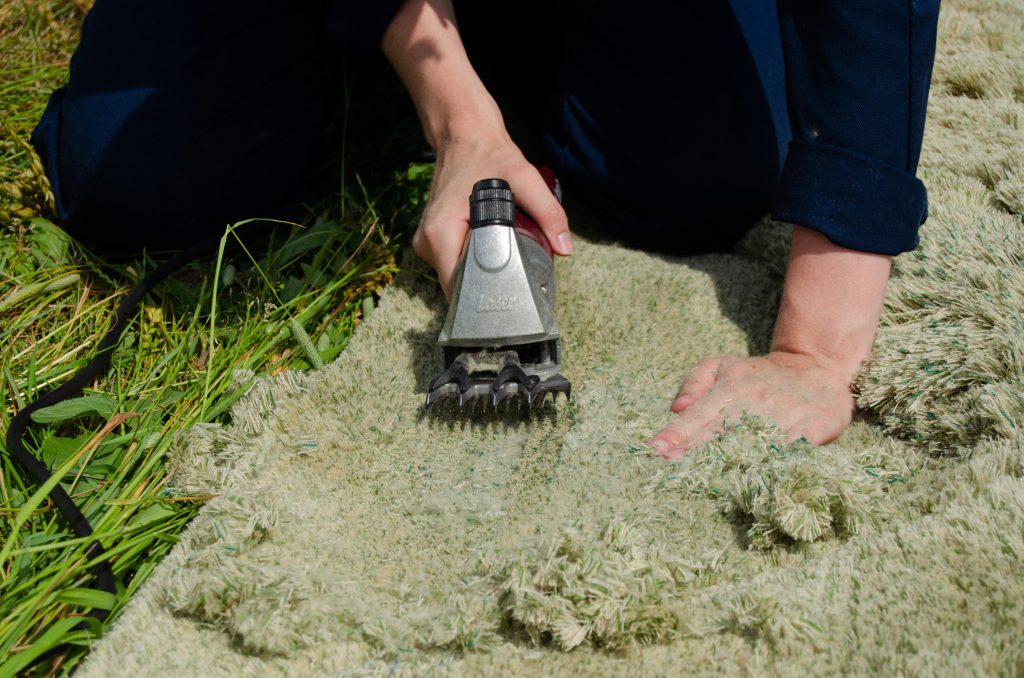
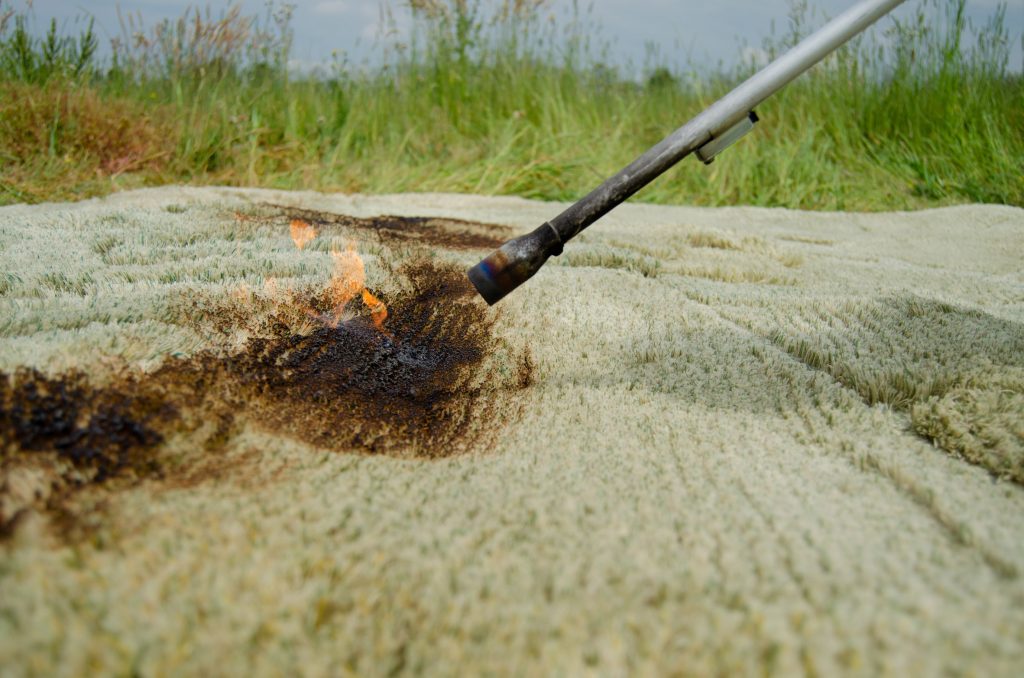
Dryland rugs by Liselot Cobelens
The rug’s features are laden with meaning: the loop pile waterways, rendered in blue-tinged thread, symbolize how these canals, intended to keep the land favorable for farming, now exacerbate dehydration. Sections made of cut pile tufting in varying heights of green represent the issue of subsidence, with lower pile heights indicating less groundwater. Lastly, Cobelens incorporated elements of manual alteration. Shorn patches, created with electric sheep clippers, symbolize the deadly impact of drought on plants and animals, while scorched sections, treated with a blowtorch, represent the devastating 2020 wildfire. Since graduating, Cobelens has expanded the Dryland project to include a smaller tapestry and stools that showcase the landscape in different stages of dehydration.